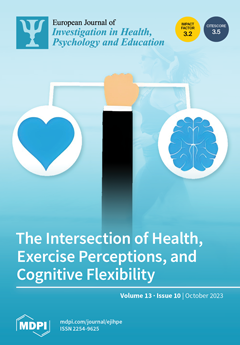Open AccessArticle
A Qualitative Study to Explore the Life Experiences of Older Adults in Oman
by
Bushra Rashid Al-Ghafri, Rawaa Abubakr Abuelgassim Eltayib, Zahir Badar Al-Ghusaini, Maram Qasim Al-Nabhani, Abdulaziz Al-Mahrezi, Yaqoub Al-Saidi, Hamed Al-Sinawi, Ahmed Mohammed Al-Harrasi and Moon Fai Chan
Viewed by 1250
Abstract
Background: Reminiscence studies and life reviews have a number of proven advantages. Future generations gain by learning from elders’ life experiences, as do older adults themselves who share their memories. Despite Oman’s sizable geriatric population, research on older individuals’ life experiences is scarce.
[...] Read more.
Background: Reminiscence studies and life reviews have a number of proven advantages. Future generations gain by learning from elders’ life experiences, as do older adults themselves who share their memories. Despite Oman’s sizable geriatric population, research on older individuals’ life experiences is scarce. Therefore, this study aimed to explore the life experiences of older Omani individuals across their many life stages, from childhood to the present. Methods: This was a qualitative study design. Convenience sampling was employed and conducted from December 2021 to October 2022. A total of 13 Omani older adults (9 females and 4 males), with an average age of 68 years, were recruited for this study (response rate = 34%). Socio-demographic and life review information was gathered according to a set of semi-structured guiding questions. The responses were then captured on audio recordings, which underwent transcription and translation. Thematic analysis techniques were applied to the extracted data. Results: Three main themes were evident in this study’s findings: childhood memories, friendships, and relationships, as well as the elders’ past. Additionally, older adults passed on a number of gems of wisdom to be shared with the younger generations. Conclusions: This study aided in revealing the resiliency, social connections, and life reflections of Omani older adults. These themes can guide the creation of age-inclusive laws, social support initiatives, and healthcare services specifically designed to satisfy the special requirements and ambitions of the elderly population. Based on these themes, this study recommended that the local community or society build a more sympathetic and compassionate atmosphere that honors and respects the accomplishments of this essential group by recognizing and comprehending the complex experiences of older adults. In addition, future studies could explore particular aspects of these older experiences and pinpoint solutions to improve their quality of life and wellbeing.
Full article






